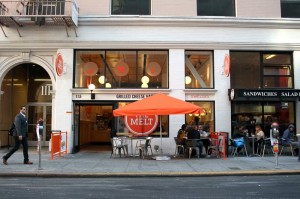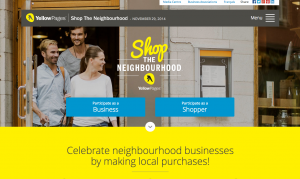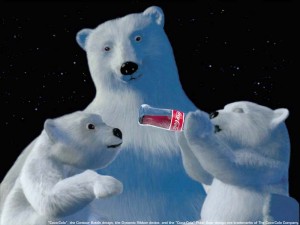The Melt is one of the newest eateries to have opened up in the state of California. The Melt is a chain of around 15 restaurants that offer only one product, grilled cheese. It then makes the approach even more simple by offering only 8 items on it’s menu at a given time, 4 classic sandwiches and 4 specialty sandwiches (Robinson).

The Melt raised an astonishing figure of 10 million USD in venture capital. The question is, what is the secret behind raising 10 million dollars in venture capital. The business premise of the Melt is astonishingly simple. It certainly is different from the technology start-ups which tend to raise the highest figures in venture capital.
Jonathan Kaplan and his team of management seem to be pushing the envelope on what we will define as the go-to destination of the future. The restaurants exude an atmosphere of urban/ modern minimalism, which perfectly fits the modern and changing atmosphere of the technology industry. Furthermore, the restaurant is also greatly integrating information technology to speed up the customer ordering process. Unlike many other restaurants and establishments, the Melt has not waited until it is a certain size in order to reinvent its customer experience, but dived right into it from the very beginning. This is exactly the benefit of having a 10 million dollar fund and an arsenal of experienced managers.

(Images via Business Insider)
Jonathan Kaplan exhibits the nature of a certain type of entrepreneur. I have come back and updated this draft after Comm101’s Nov 4th class. The class introduced us to the founder of Naked Coconut. Paul shared us his vision of the company in 5 years, which was to have the business sold. This response was definitely expected, but I wondered how someone would be able to hand over 6+ years of their effort into another, especially after the encountered hardships of a start-up. Now, due to Jonathan Kaplan, I understand that entrepreneurs will be happy as long as they are innovating and taking on new ventures. The world needs entrepreneurs with the experience of overcoming start-up challenges and turning them into flourishing corporations to do it all over again.
Works Cited List
Robinson, Melia. “We Can See Why People Are Crazy About A California Grilled Cheese Chain That Raised $10 Million In Venture Capital.”Business Insider. Business Insider, Inc, 27 Oct. 2014. Web. 05 Nov. 2014.





